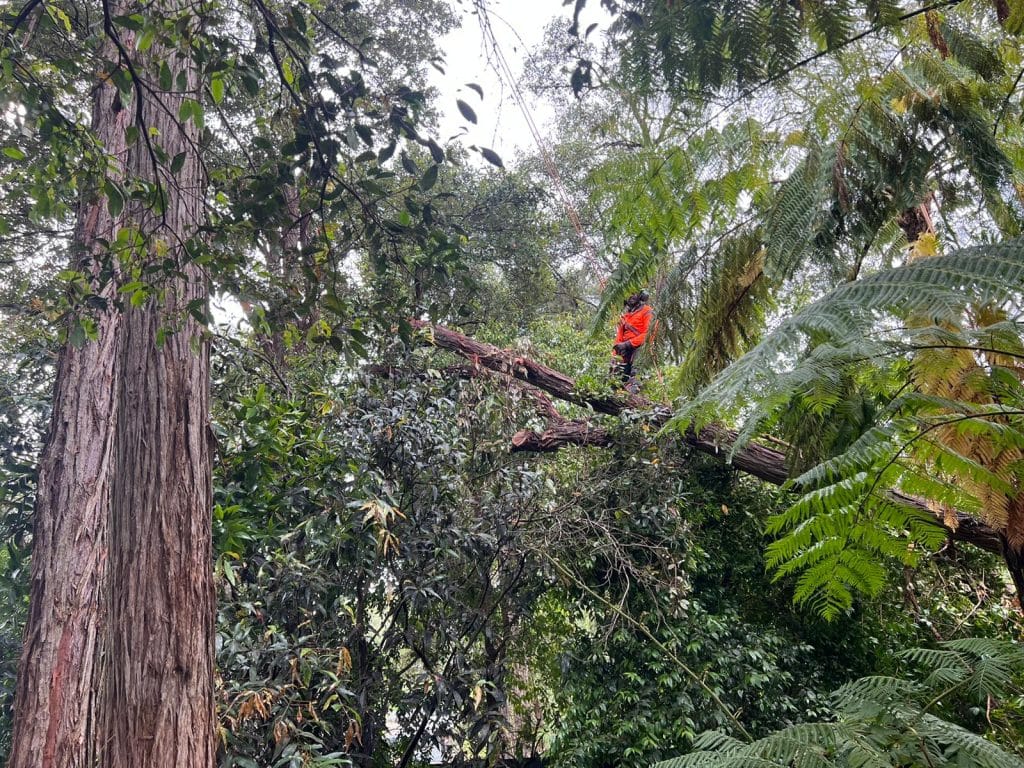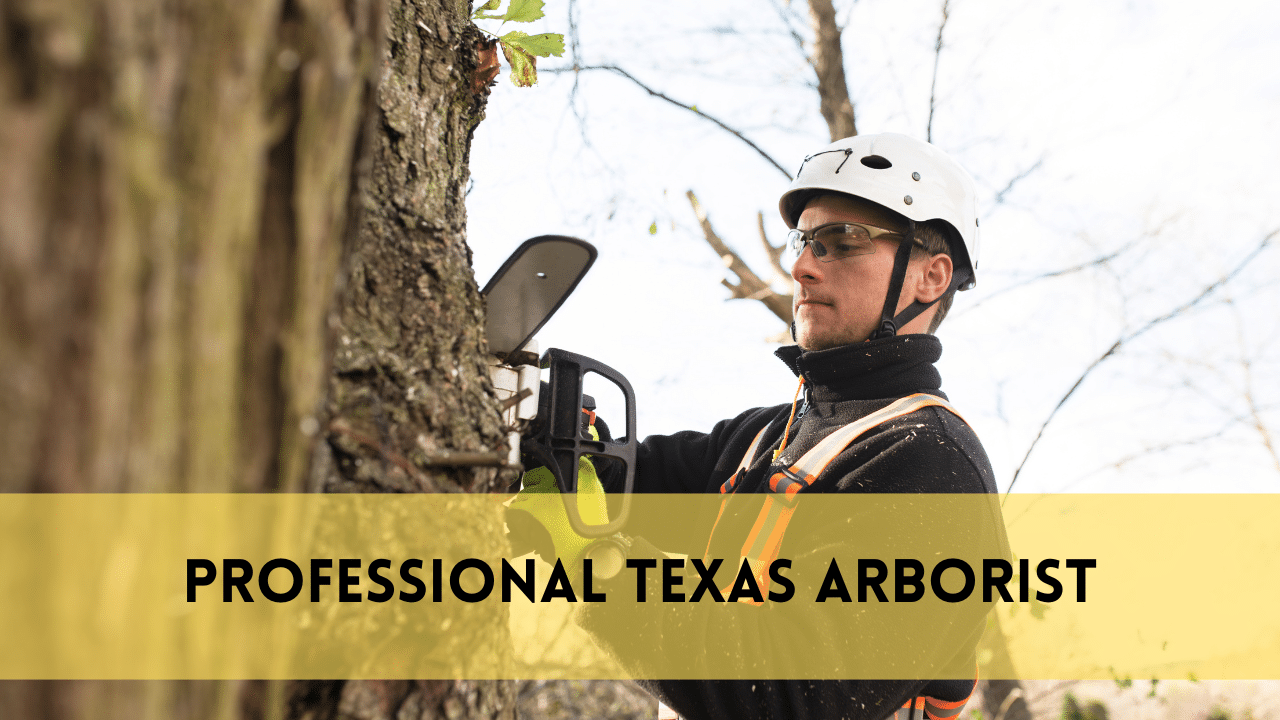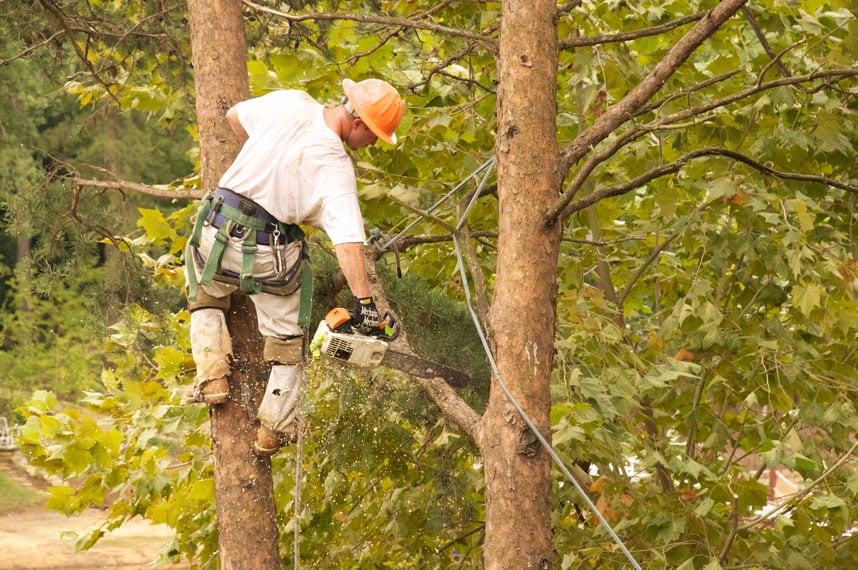Palm Trees from Freezing
Welcome to the world of botanical guardianship, where the appeal of palm trees meets the task of frigid hardship. Sugarland Arborist provides a complete guide to the complicated art of protecting palm plants against cold weather. As winter’s cold breath approaches, the fragility of this tropical beauty becomes clear. Our journey begins with a thorough study of the particular qualities that make palm trees vulnerable to freezing, paving the way for targeted strategies to protect their resilience. Join us on a horticultural journey as we choose cold-resistant palm species, learn about insulation measures, and discover the necessity of watering and pruning over the winter. Join us in generating microclimates and using new heat sources to protect your hands. With each revelation, Sugarland Arborist becomes your valued companion, providing professional advice on how to transform your palms into winter-defying botanical beauties. Winter does not have to lessen the charm of your landscape; instead, let us embrace the wisdom that allows palm trees to thrive even in cold conditions.
How to keep palm trees from freezing?
Understanding Palm Trees’ Vulnerability
Unlocking the mysteries of palm trees necessitates a thorough awareness of their susceptibility, particularly in the face of freezing conditions. Sugarland Arborist encourages you to explore the deep biology that makes these great trees vulnerable to the cold. Palms, which are accustomed to tropical temperatures, do not have the natural freezing resistance that many other plants do. This fragility originates from their constitution, which includes a high water content in the cells, rendering them susceptible to frost damage. As we learn more about palm trees’ weaknesses, we can understand why they require specialized care during the winter. Sugarland Arborist’s experience sheds light on these complexities, allowing you to protect your palms and assure their longevity in the face of severe temperatures. Understanding these weaknesses lays the groundwork for preventative strategies that will protect your palms from the winter chill.
Selecting Cold-Resistant Palm Varieties
In the vast world of palm trees, not all types withstand winter’s cold with the same fortitude. Sugarland Arborist invites you to discover the diversity of cold-resistant palm kinds, guaranteeing that your environment remains lush and vibrant even in colder areas. As plant diversity guardians, we navigate through palm species that are resilient in the face of freezing weather.
Consider the windmill palm (Trachycarpus fortunei), which has fan-shaped fronds, and the needle palm (Rhapidophyllum hystrix), which is recognized for its resilience. Discover the appeal of the Mediterranean fan palm (Chamaerops humilis), a small and cold-tolerant plant. Sugarland Arborist explains how to choose the correct palm kinds for your area, resulting in a tapestry of resilient greenery that withstands winter’s grip. Embrace the beauty of cold-resistant palms.
Cold-Weather Insulation Techniques
Navigating the world of cold-weather insulation for palm palms necessitates a careful mix of protection and preservation. Sugarland Arborist demonstrates a variety of insulating options, helping you through the winter maze to protect your palms from chilling temperatures. From the utility of burlap coverings to the warmth-retaining magic of mulching, our professional ideas offer a plethora of ways to protect your tropical beauties. Learn how to create a snug cocoon around your palm trees to keep them warm during cold spells. Sugarland Arborist underlines the necessity of these insulating strategies in creating an appropriate microclimate in which palms can survive the winter without harming their health. As we uncover the secrets of winter insulation, you’ll be armed with the knowledge to fortify your palm trees and change your landscape into a haven where tropical attractiveness withstands the chill of the season.
Watering Strategies in Cold Weather
Watering techniques are an important part of the tango between freezing conditions and palm plants. Sugarland Arborist welcomes you to learn about the intricacies of keeping adequate soil moisture during cold weather, so your palms can withstand winter’s chilling grasp. Sugarland Arborist welcomes you to learn about the subtleties of maintaining appropriate soil moisture during cold weather, ensuring your palms stay strong in the face of winter’s icy grasp.Knowing the delicate balance between hydration and freezing susceptibility is critical. Our expert advice explains the importance of adequate watering in developing a protective barrier for your palms. Sugarland Arborist guides you through the complexities of regulating watering frequency and monitoring soil moisture levels, allowing you to make informed decisions that will protect your hands during cold spells.As you embark on this horticulture journey, you will discover how to choreograph the dance of water and temperature, changing your environment into a sanctuary where palm trees can elegantly withstand the winter frost.
Pruning Practices for Winter Resilience
As winter plays out its chilly scene, the skill of pruning emerges as a critical symphony in palm tree protection. Sugarland Arborist invites you to join this botanical orchestra, where careful pruning boosts winter resilience. Explore our professional advice on the timing and procedures of winter pruning to shape your palms for maximum health and cold resistance.Investigate the significance of eliminating dead or damaged fronds, which directs the tree’s energy towards the preservation of vital tissues. Sugarland Arborist explains the complexities of crown thinning and shaping, allowing you to create a silhouette that not only captivates but also protects against winter stress. Learn the delicate dance of palm tree trimming, where each cut is a brushstroke on the canvas of winter resistance, ensuring your palms stand out as sculpted beauties in cold environments.
Related Posts:
Implementing Heat Sources: A Winter Lifesaver
Sugarland Arborist performs a game-changing act in the winter theatre, where palm trees face the chill. As the temperature drops, our professional advice spotlights the strategic deployment of heat sources to protect your hands from the cold. Discover the transforming potential of heat-emitting gadgets strategically placed around your palm trees to create microclimates that withstand winter’s frigid grip.Sugarland Arborist explains the intricacies of using heat sources, from frost cloth and heat lamps to strategic positioning of outside heaters. This novel concept provides a comfortable sanctuary for your tropical pals during chilly weather. By using heat sources, you may improve your winter palm care routine, transforming your environment into a sanctuary where palms grow despite the frost, demonstrating the harmonious blend of nature and human intervention.
FAQs
Can all palm trees resist freezing temperatures?
Certainly not. While some palm species are cold-resistant, not all do well in freezing temperatures. Consult with a local arborist to select the best cold-tolerant palms for your climate.
Does mulching help keep palm trees from freezing?
Yes, mulching is a useful strategy. Applying a thick layer of organic mulch around the base of your palms helps to insulate the soil and provide a protective barrier against cold weather.
What is the optimum time to prune palm trees for winter resilience?
Prune palms in late October, before cold temperatures arrive. Remove any dead or damaged fronds to redirect the tree’s energy to vital tissues for winter survival.
Should I keep watering my palms in winter?
Adjust your watering frequency, but do not ignore it. Palms still require moisture throughout the winter. Monitor soil moisture levels and water as needed.
Conclusion
As winter performs its chilly symphony, the key to sustaining palm plants is a harmonious combination of knowledge and proactive maintenance. Sugarland Arborist has revealed the keys to protecting your palms from freezing weather, including cold-resistant kinds, insulation measures, trimming tactics, and novel heat sources. Understanding palm tree weaknesses and applying our professional recommendations will allow you to transform your environment into a winter sanctuary. The interplay of nature and human intervention results in a masterpiece in which palms not only survive but thrive in the winter chill.





